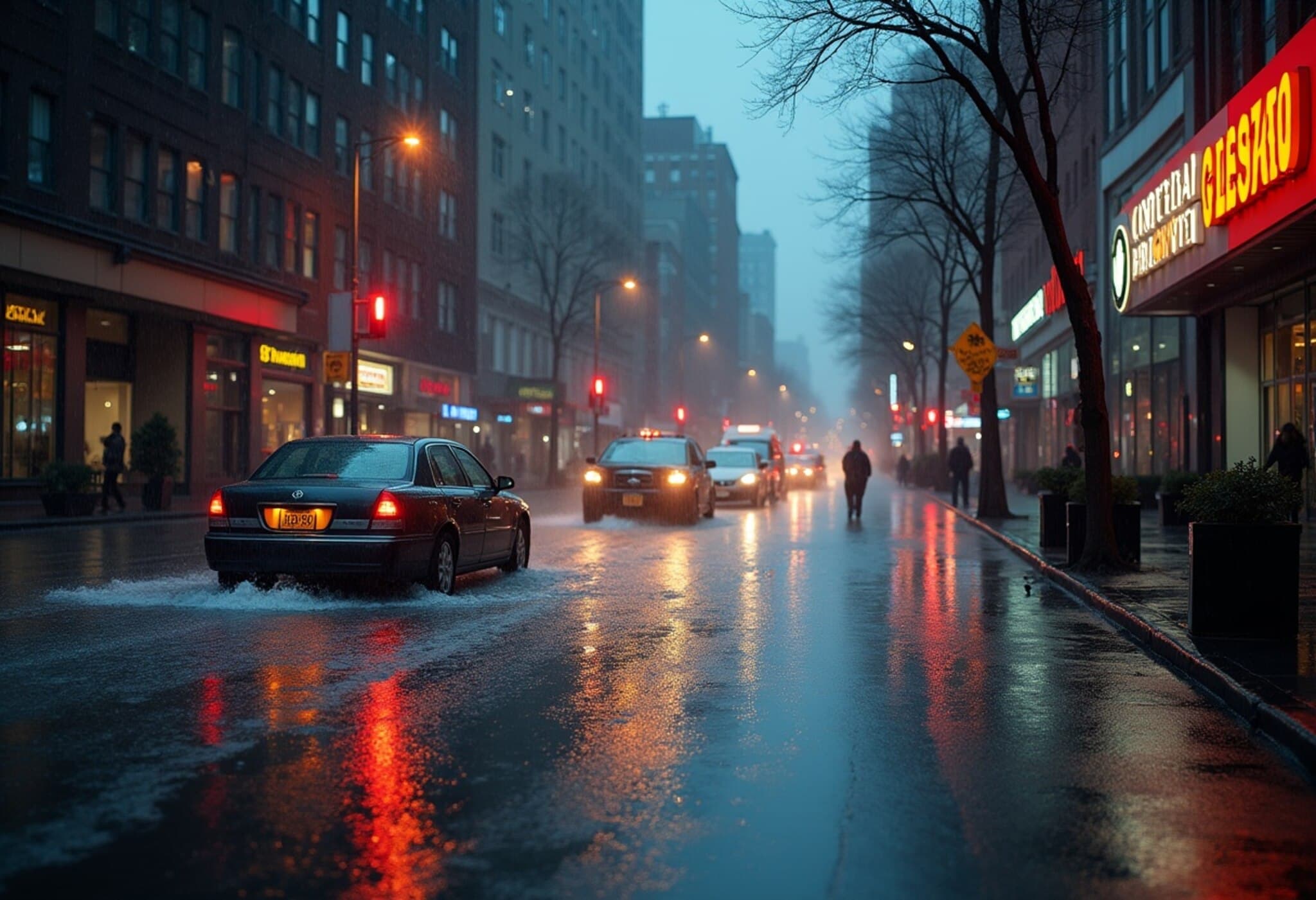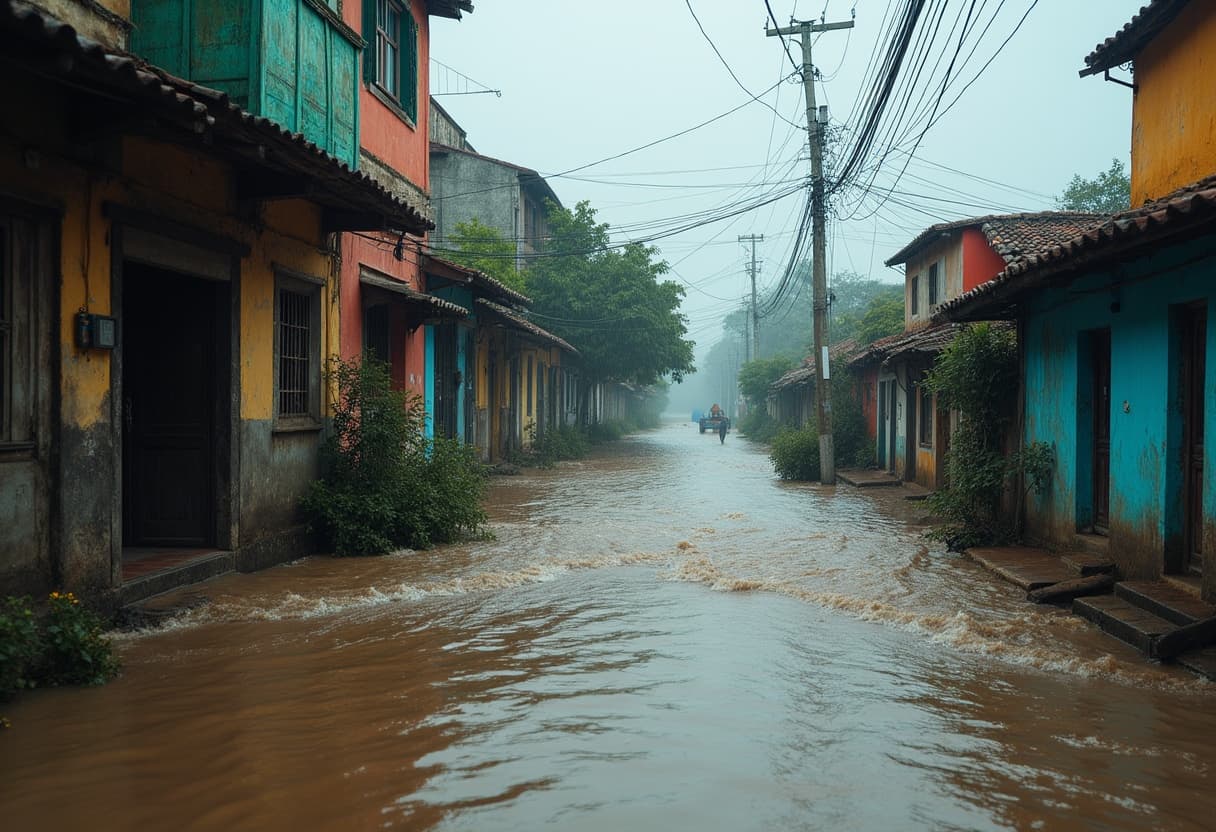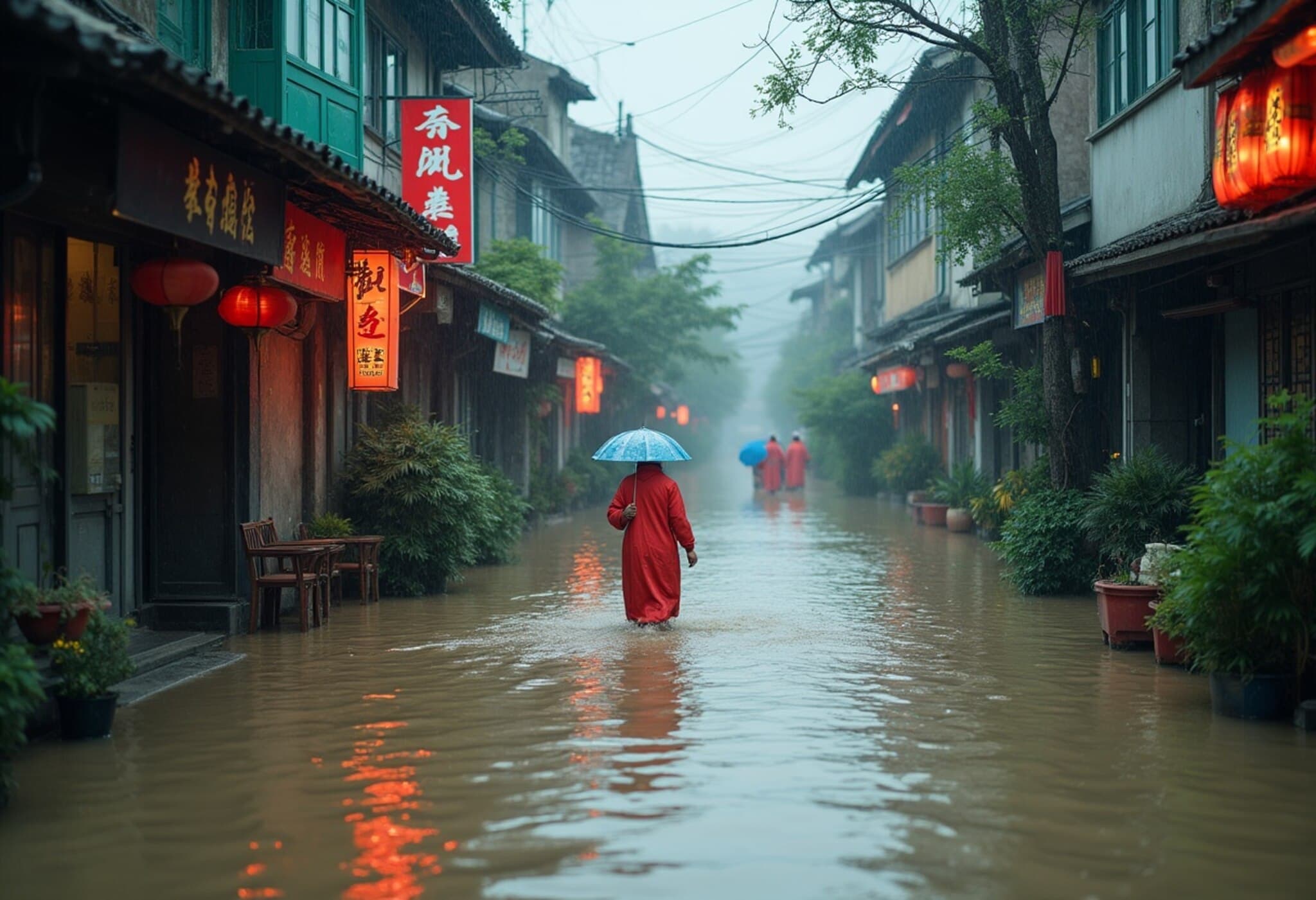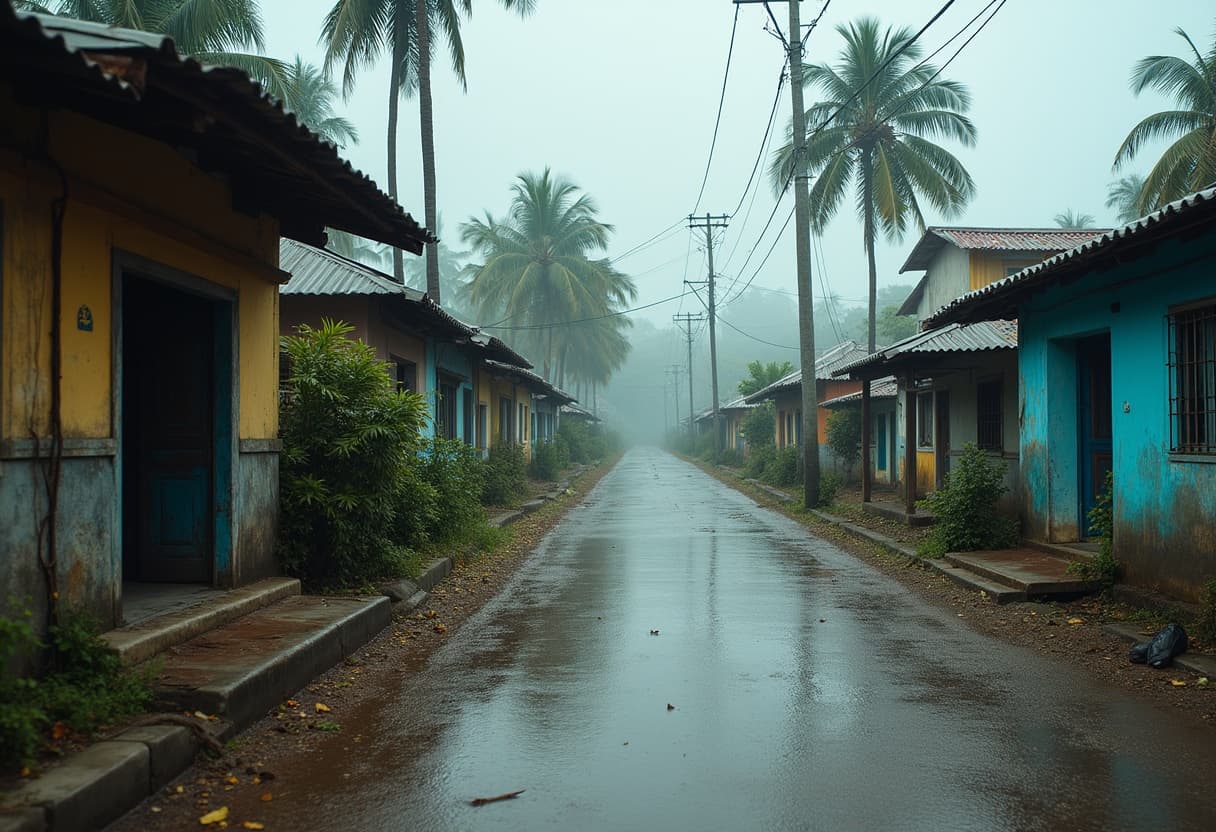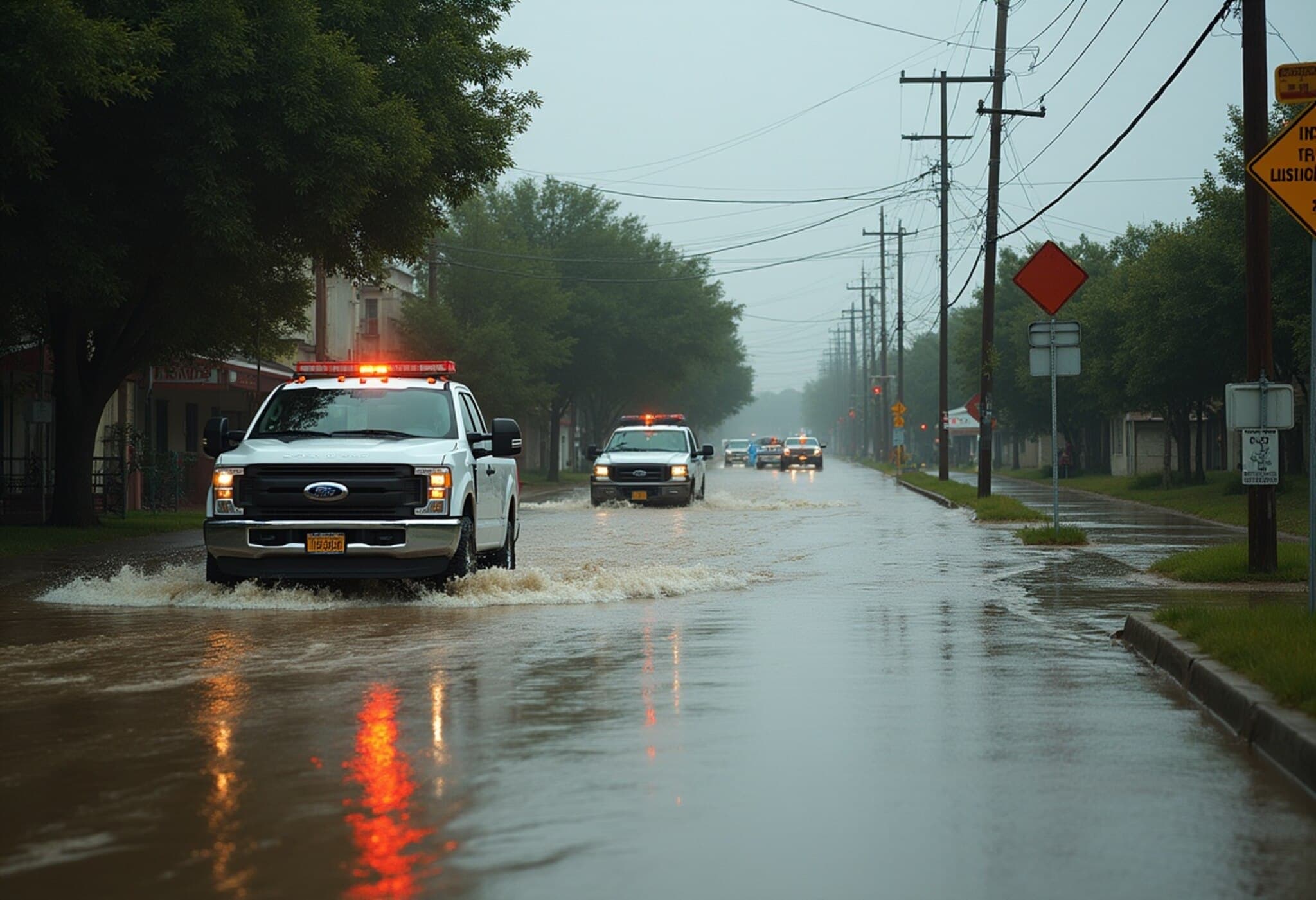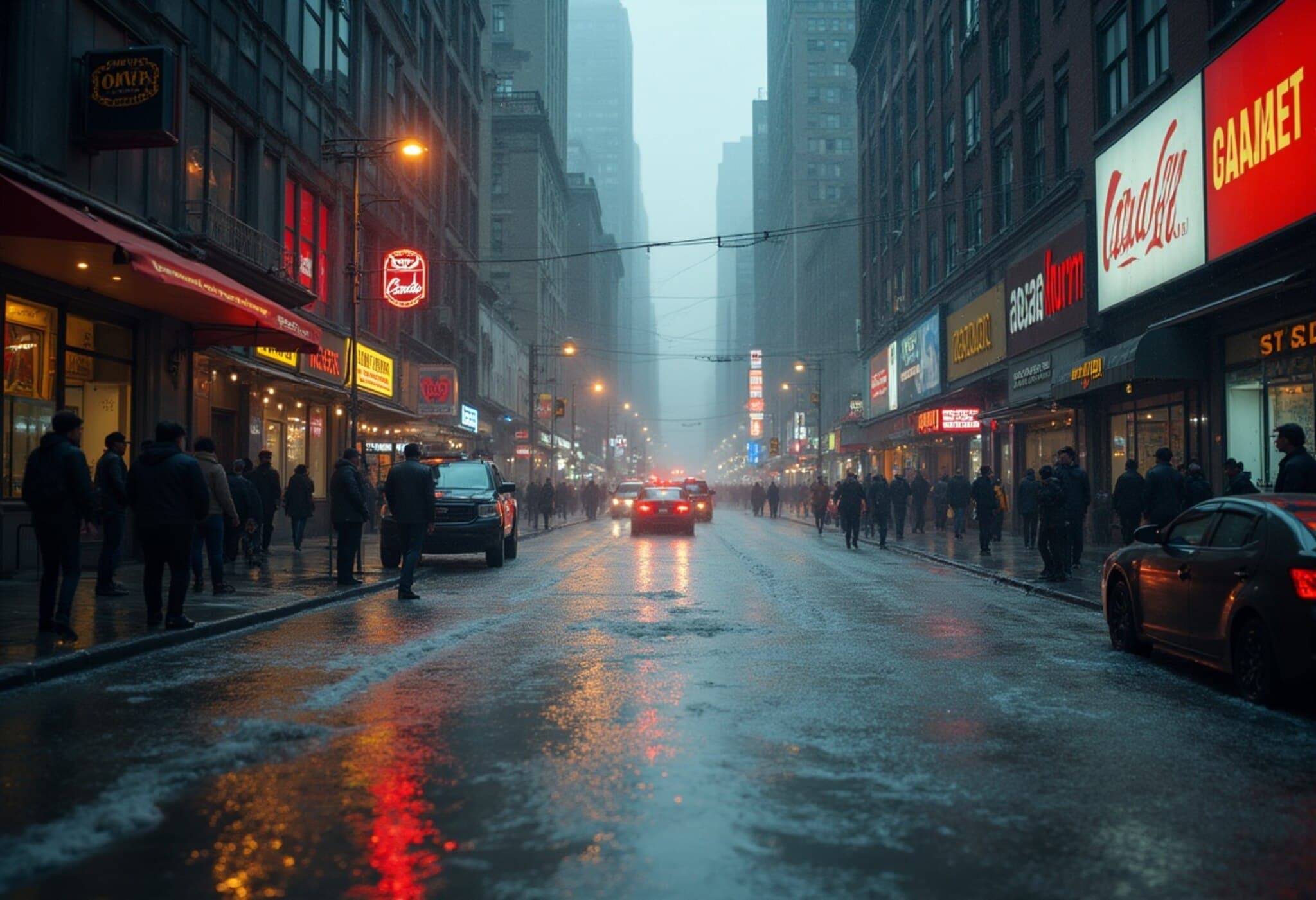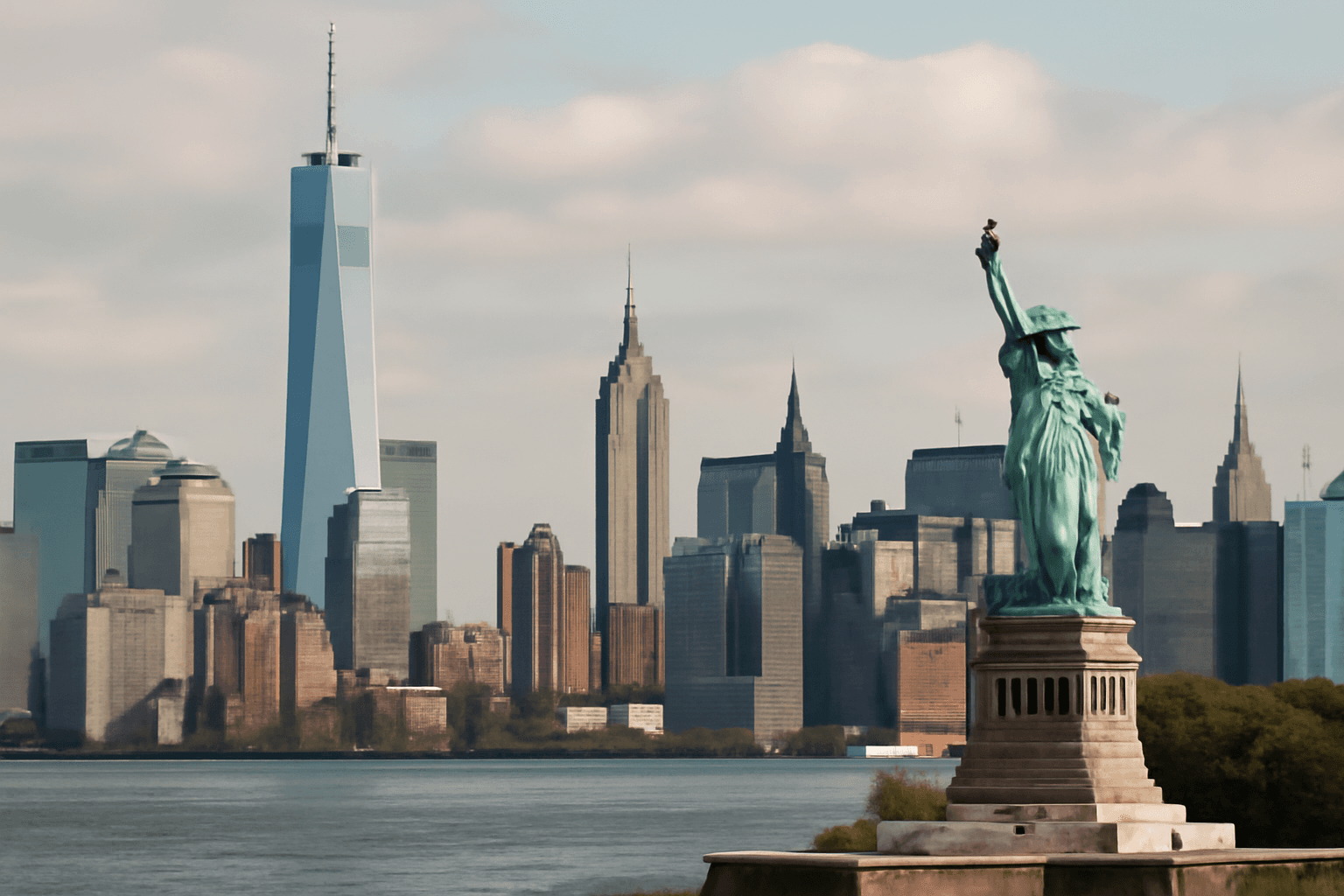Severe Flooding Unleashes Chaos Across New York and New Jersey
Heavy overnight rains swept through the northeastern United States on Monday night, triggering flash floods that disrupted transit across New York and New Jersey. Tragically, two people lost their lives when floodwaters swept away their vehicle in Plainfield, New Jersey, compounding the region’s mounting climate challenges. This storm underscores how extreme weather events are increasingly impacting densely populated urban areas.
Deadly Impacts in New Jersey
Governor Phil Murphy confirmed that the fatalities occurred in Plainfield, the same city that witnessed deadly flooding just days earlier on July 3. The recent spate of deadly weather events in New Jersey highlights the vulnerability of infrastructure and communities amid rising storm intensity linked to climate change.
"We’re in one of those high-humidity, high-temperature, high-storm intensity patterns right now," Governor Murphy said during a visit to affected areas in Berkeley Heights. He urged residents to remain vigilant and cautious during such volatile weather conditions.
Transportation Systems Overwhelmed by Floodwaters
Across New York City, the Metropolitan Transportation Authority (MTA) reported significant flooding in the subway system that inundated stations and platforms. Videos circulating on social media captured commuters desperately standing on subway seats to avoid rising water levels.
Janno Lieber, MTA's Chief, highlighted the city’s aging sewer system's limitations, explaining that flooding typically occurs when rainfall exceeds 1.75 inches per hour. “What happened last night is a reality in our system,” he remarked, noting ongoing efforts to improve water management capacity at critical points.
By Tuesday morning, subway, Long Island Rail Road, and Metro-North services largely resumed, although lingering delays persisted. PATH trains between New Jersey and Manhattan operated normally. However, some New Jersey Transit buses and trains continued experiencing delays or detours due to flooded routes.
Road Closures and Emergency Measures
- Multiple key roadways remained closed, including parts of the Bronx River Parkway (NY) and Routes 22 and 28 (NJ), where emergency repairs were underway.
- Governor Murphy declared a statewide emergency across all 21 New Jersey counties, urging residents to avoid nonessential travel.
- Amtrak warned of potential delays on the Northeast Corridor line as crews conducted safety inspections and equipment readiness checks.
- Newark Liberty Airport experienced major disruptions with 159 flight cancellations, impacting thousands of travelers.
Additional Incidents and Community Resilience
In a harrowing event, a house in North Plainfield caught fire shortly after the family evacuated—the structure subsequently collapsed, possibly due to an explosion. Thankfully, no injuries were reported. These compounding emergencies suggest a broader strain on emergency services and highlight the complex challenges communities face amid extreme weather.
Understanding the Broader Climate Context
Experts warn that increasingly frequent intense storms are consistent with climate change projections showing greater atmospheric moisture and heat. Urban areas like New York and New Jersey, with aging infrastructure and high population density, are especially at risk of such flash flooding events.
This incident calls for urgent discussions on investment in resilient infrastructure, improved emergency response systems, and equitable support for vulnerable populations disproportionately affected during such crises.
Key Takeaways for Policymakers and Residents
- Infrastructure Upgrade Needs: Modernizing sewer and drainage systems is critical to handle heavier precipitation loads.
- Emergency Preparedness: Public education and streamlined disaster response plans can save lives amid fast-developing events.
- Climate Adaptation: Long-term urban planning must factor in climate risks to protect communities.
- Travel Advisory Compliance: Staying informed and heeding official travel advisories remain essential for safety.
Editor’s Note
This latest storm is a stark reminder of the tangible human and economic toll of climate-driven extreme weather in America's urban corridors. As the Northeast grapples with aging infrastructure and growing climate risks, this event raises probing questions about preparedness, equity, and investment priorities. How will cities adapt to increasingly volatile weather, and what roles do federal and state governments play in safeguarding residents? Our communities—especially vulnerable ones—cannot afford to wait for the next storm to understand the answers.
Continuous monitoring of flood-prone areas, transparent communication from authorities, and robust support for affected families are urgent steps as we navigate an era where heavy rainfall and flash floods are becoming the new normal.

